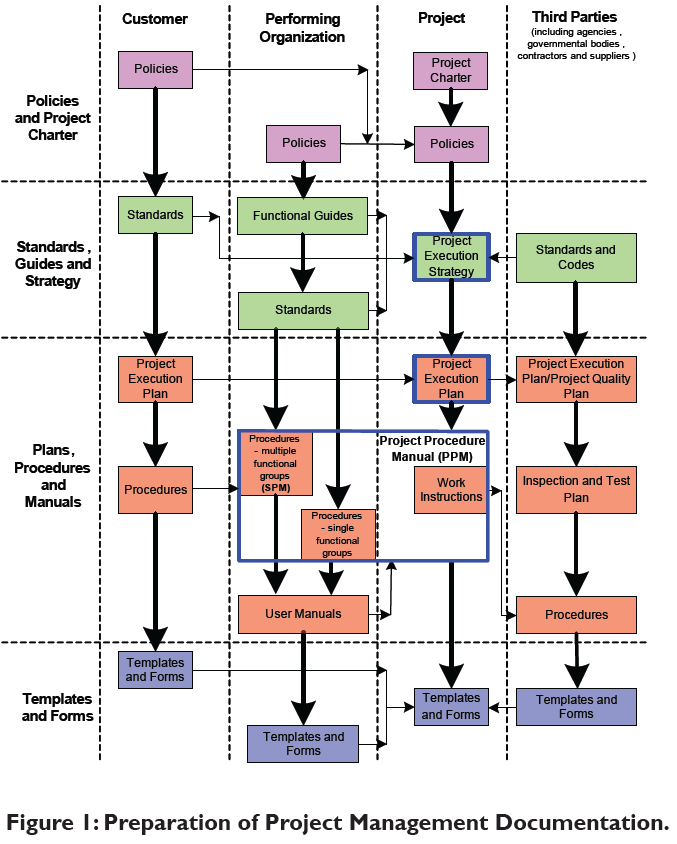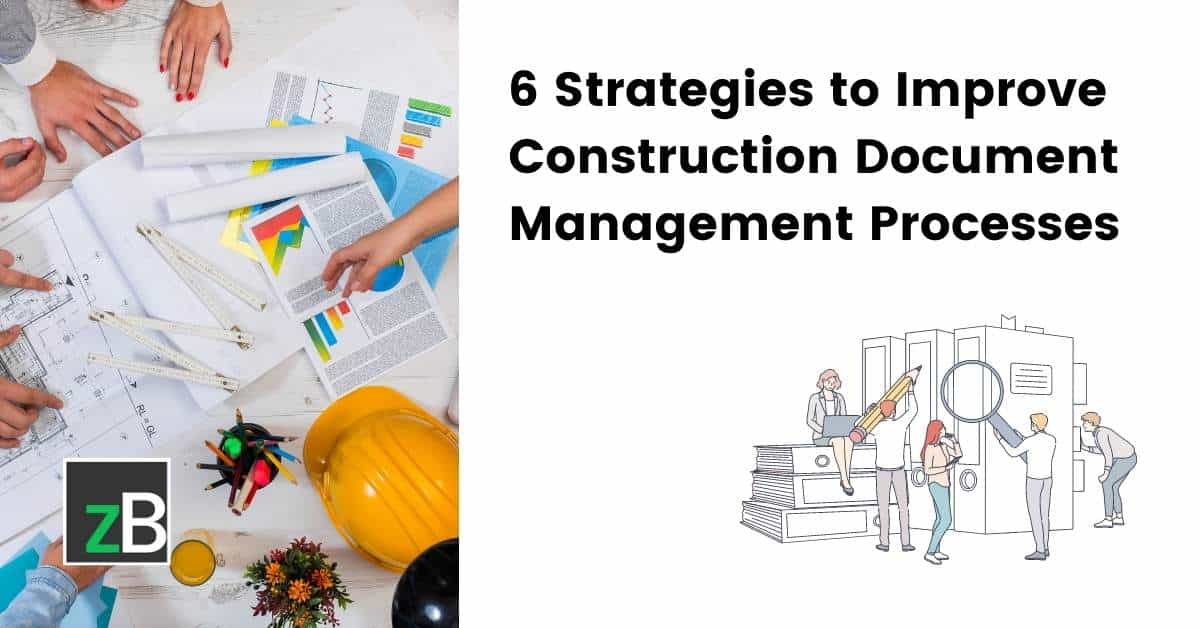Simplify Partnership: The Power of Construction Document Management Solution
Simplify Partnership: The Power of Construction Document Management Solution
Blog Article
Optimizing Task Partnership: Engineer's Finest Practices in Building Document Monitoring
In the complex realm of architectural projects, the efficient monitoring of building records stands as a foundation for success. Engineers, with their precise focus to information and innovative style solutions, are charged with coordinating a symphony of resources, timelines, and stakeholders. In the middle of this complexity lies a vital question: just how can architects improve partnership procedures to enhance job results? By exploring essential methods such as leveraging cloud-based systems, developing robust communication procedures, and making sure data safety, designers can boost their record management practices to new elevations.
Leveraging Cloud-Based Platforms
By transitioning from traditional paper-based systems to shadow services, engineers can enhance collaboration, boost file accessibility, and improve overall task efficiency. This access promotes smooth communication and coordination among task stakeholders, leading to fewer mistakes and delays in the building and construction process.
Additionally, cloud-based systems offer a safe and secure atmosphere for saving sensitive task information, using encryption, routine back-ups, and user authorization settings to safeguard information integrity. Engineers can also gain from the scalability of cloud options, enabling them to change storage space capacity and functionality based upon task requirements. Generally, leveraging cloud-based platforms encourages engineers to optimize their building record administration procedures, driving better collaboration, effectiveness, and success in their tasks.
Executing Version Control Solution
Having actually developed the advantages of cloud-based systems in construction file management, designers can currently boost their record control procedures by implementing Version Control Systems. Version Control Systems (VCS) are essential devices that track modifications in papers, making certain that employee are constantly dealing with the current and most precise information. By executing VCS, architects can maintain a centralized repository where all task records are stored, enabling seamless cooperation while minimizing the threat of mistakes and variation disputes.
This function is specifically beneficial in construction projects where layout iterations and adjustments are usual. This openness not only enhances liability however additionally assists in dealing with disagreements or discrepancies that may emerge during the task lifecycle.
Establishing Interaction Procedures
To make sure reliable and reliable task control, engineers should establish clear and robust communication methods within their building file management procedures. This system can be a job monitoring software program, email threads, or cloud-based storage space services.
Furthermore, interaction methods must additionally consist of guidelines on how to take care of problems, modification orders, and immediate issues that might emerge throughout the job lifecycle. Establishing an organized method to interaction makes sure that important link all stakeholders are on the same page, promotes transparency, and eventually adds to the effective completion of the construction task.
Using BIM Software for Control
BIM software application plays a critical role in enhancing control among task staff member in the building industry. Structure Information Modeling (BIM) promotes partnership by providing a central platform where engineers, engineers, contractors, and various other stakeholders can interact in a worked with way. Through go to my blog BIM software program, job individuals can access and update a shared version that consists of comprehensive details about the structure design, building and construction parts, and job timetables.

Furthermore, BIM software program allows real-time collaboration and interaction among group participants, regardless of their physical area. Through cloud-based BIM systems, job stakeholders can access the most up to date job details, track modifications, and make notified choices immediately. In general, leveraging BIM software program for control improves task efficiency, performance, and eventually brings about successful task outcomes.
Ensuring Data Protection and Compliance
In the world of building and construction record monitoring, securing information honesty and ensuring regulative conformity are vital considerations for designers and other job stakeholders. Engineers have to implement durable protection actions to secure sensitive project details from unauthorized access or violations.

Verdict
To conclude, designers can optimize job collaboration in building this contact form document management by leveraging cloud-based systems, executing variation control systems, establishing communication methods, using BIM software application for control, and making certain data safety and conformity. These best practices assist enhance the construction process, enhance interaction amongst project stakeholders, and boost effectiveness in job distribution. By complying with these standards, engineers can efficiently take care of construction papers and facilitate successful project end results.
Via BIM software, project participants can access and update a shared model that consists of thorough details regarding the structure design, building elements, and job routines.
With cloud-based BIM systems, job stakeholders can access the newest job info, track modifications, and make notified decisions immediately - construction document management. In general, leveraging BIM software for coordination boosts task performance, efficiency, and eventually leads to successful project end results
In verdict, engineers can enhance project cooperation in building and construction record monitoring by leveraging cloud-based platforms, executing version control systems, developing interaction protocols, using BIM software program for coordination, and ensuring information safety and compliance. These best techniques assist streamline the building and construction process, enhance interaction amongst project stakeholders, and boost performance in project distribution.
Report this page